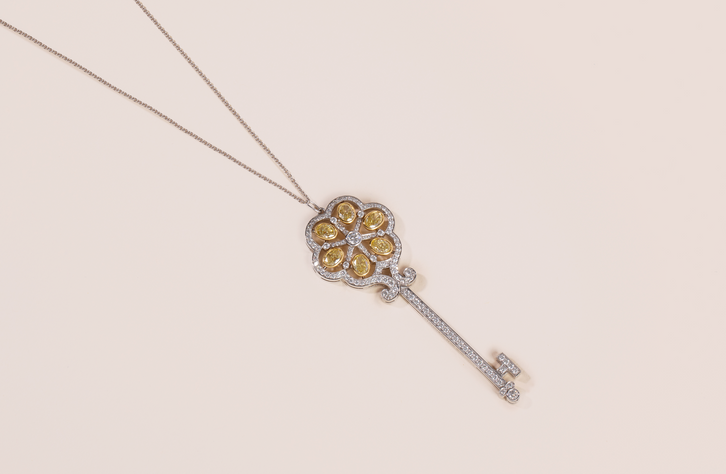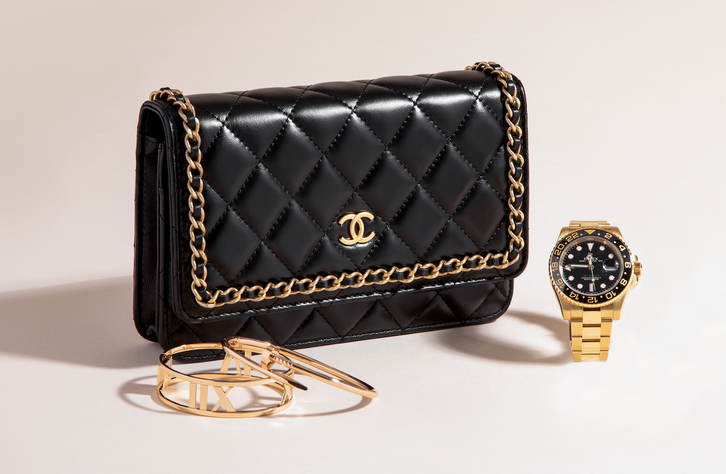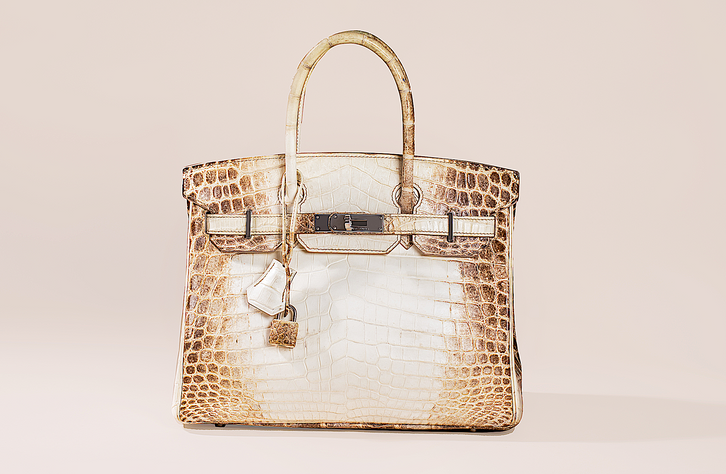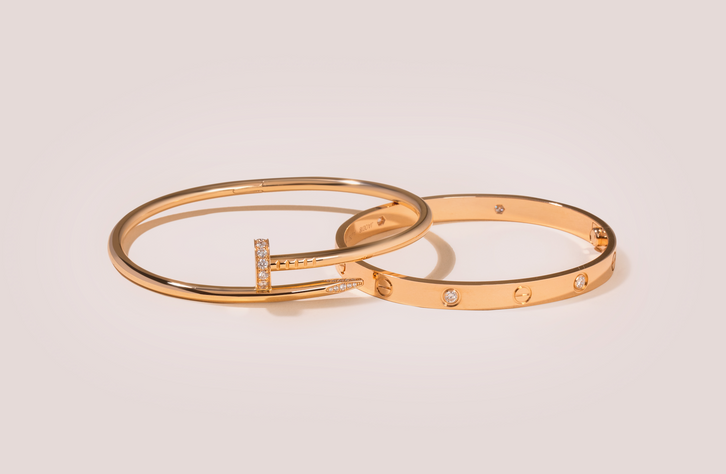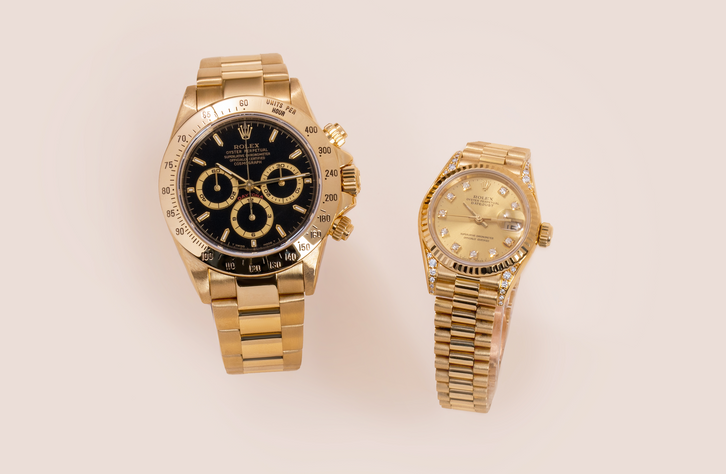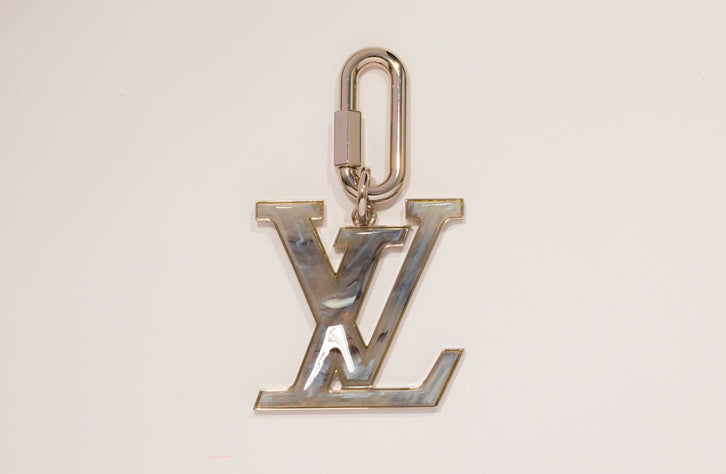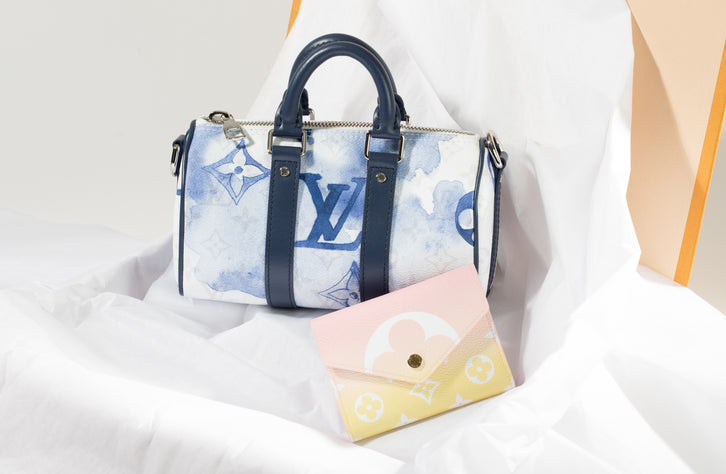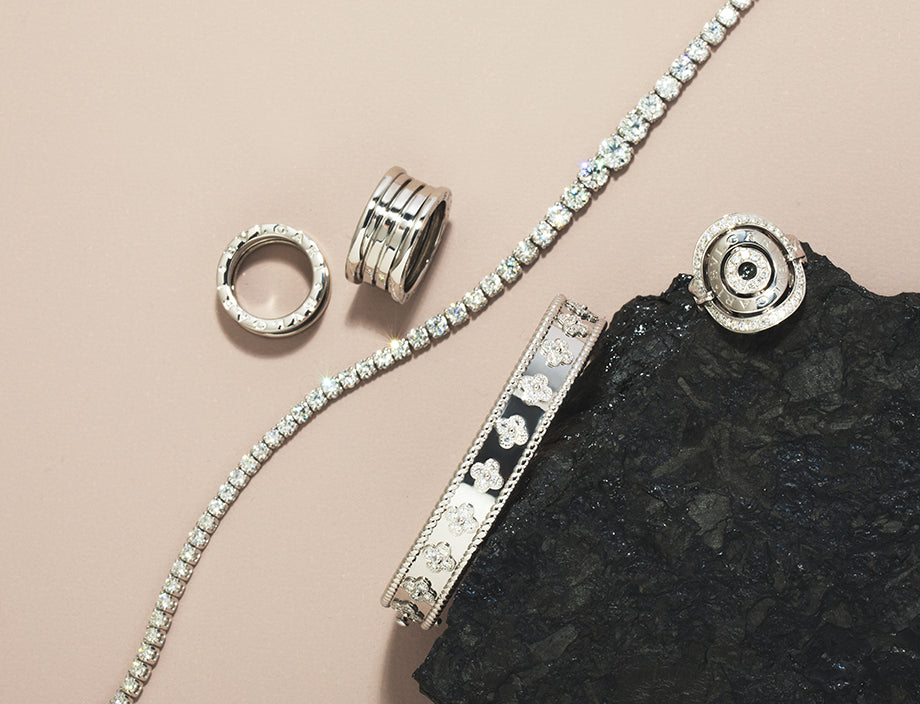If you are looking to sell some of your older jewelry, or simply would like to know its monetary value for other reasons, we have outlined the steps to follow:
- Establish exactly what you have: is it an antique piece?
- Consider the factors that affect the value of your item
- Find the best vintage jewelry buyer
1. Establish What You Have
Vintage? Costume jewelry or fine jewelry? Understand the difference between the difference between the different types of jewelry and specific eras.
The Difference Between Vintage, Antique And Estate Jewelry
- Vintage: Vintage jewelry is usually considered to be over 50 years old but newer than antique jewelry. Unlike antique jewelry, some vintage jewelry was mass-produced thanks to technological advancements in the 20th century. This is particularly true for pieces produced after the 1940s as production and international commerce became increasingly common after this time period. Note: A lot of vintage jewelry is fashion or costume jewelry, which is significantly less valuable than luxury/fine vintage jewelry.
- Antique: This refers to jewelry that is 100 years old or older. Antique jewelry typically fetches high prices, considering the pieces were usually made for the upper class. Antique jewelry is seldom worn, usually kept away in a jewelry box for its monetary or sentimental value. Antique jewelry often shows a high level of craftsmanship and quality. Antique jewelry pieces tend to be valuable because jewelry over 100 years ago was seldom created in large quantities and was usually handmade. Therefore, the pieces are often one-of-a-kind and of a much higher quality than more contemporary jewelry.
- Estate: A more general and broad term for antique or vintage jewelry. Vintage and antique jewelry both come under this umbrella.

Costume Vintage Jewelry Vs. Fine Vintage Jewelry
- Costume Vintage Jewelry: Jewelry that dates back 50 to 100 years and is made of relatively inexpensive materials. I.e. Crystal necklaces from the 1950s.
- Fine Vintage Jewelry: Jewelry that dates back 50 to 100 years and is made of precious materials such as precious stones and precious metals. Fine jewelry is otherwise known as ‘luxury jewelry’. Fine jewelry tends to have a significantly higher monetary value than costume jewelry, as it made from more expensive materials. Fine jewelry is also more likely to be from a designer, luxury fashion or jewelry house, which also adds value. However, costume vintage jewelry can be valuable if an item is particularly sought after in today’s jewelry market or if it is especially evocative of the era. I.e. Cartier ruby brooch from the 1960s.
2. How Much Is My Vintage Jewelry Worth?
There are several clues that might help you get an idea of how much your vintage jewelry is worth. Things to look out for are:
| Factors that affect price | Explanation |
| Marks on your jewelry | Such as a brand name engraved into the metal. This may have faded over the years, but any mark is helpful is assessing where your jewelry originates from and how much it is worth. You can also look out for country hallmarks which might indicate which country the jewelry was manufactured in. |
| Original documents | Such as a box, paper or receipt for the jewelry. It is helpful to know where the jewelry was purchased from and when. |
| Special features | if your jewelry looks like it may have been created by someone with high levels of craftsmanship, chances are it was created by an artist jeweler and could be a one-of-a-kind piece. |
3. Find The Best Luxury Jewelry Buyer
However, the only guaranteed way to know the value of your jewelry is to consult a specialist. At myGemma, we can assess your vintage jewelry and make a competitive offer. The entire process is secure and can take as little as 24 hours from start to finish.
Fill in our online form today or you can schedule an appointment to visit us at one of our US or UK locations, where one of our specialist vintage jewelry buyers will evaluate your vintage jewelry.
